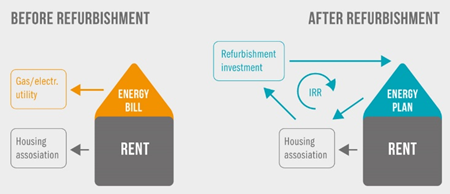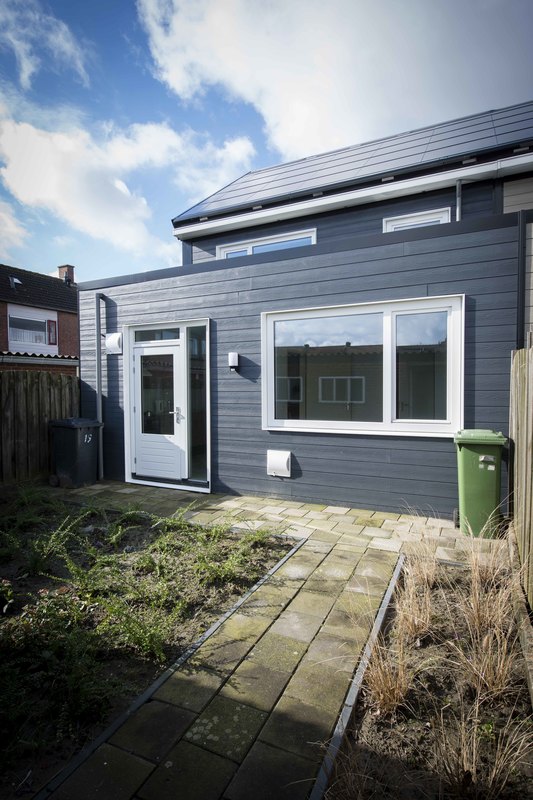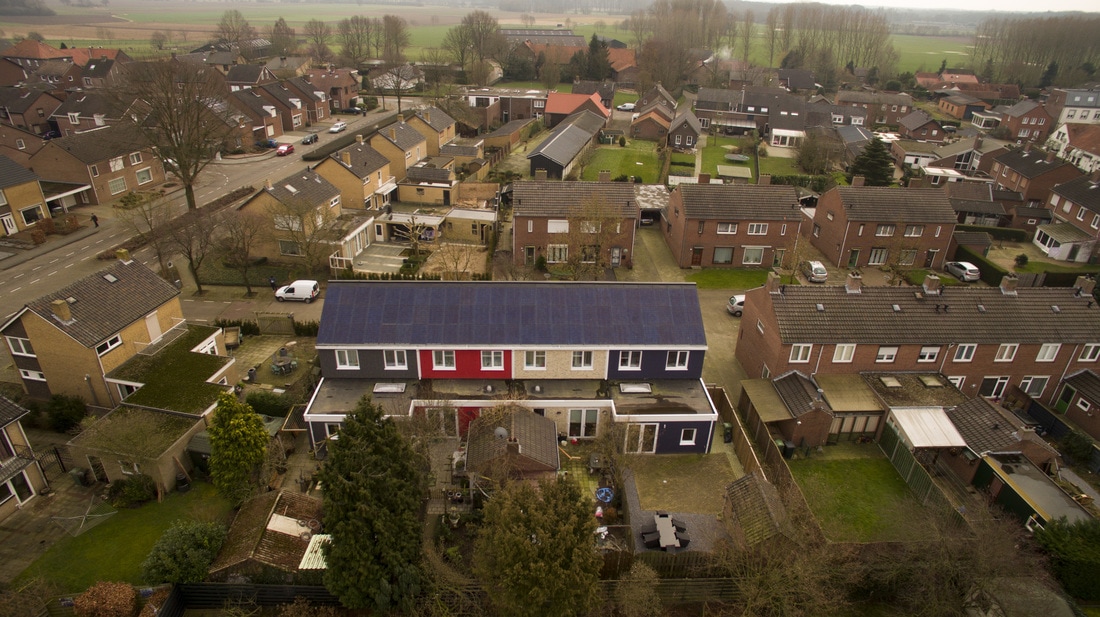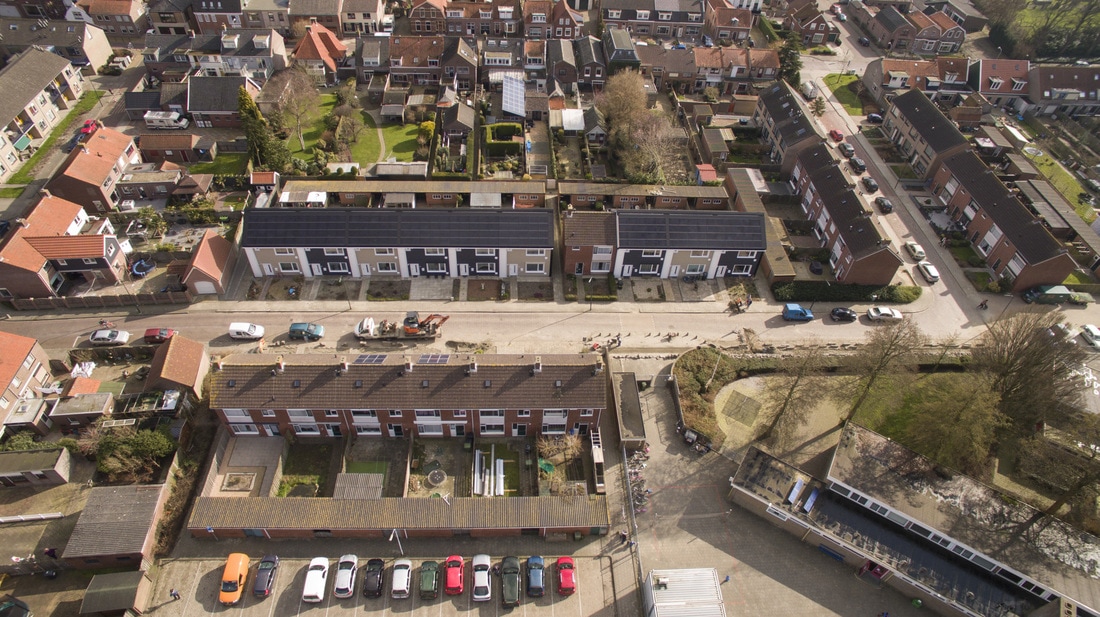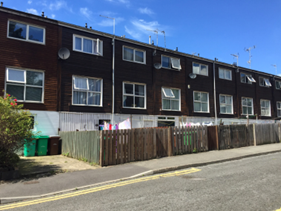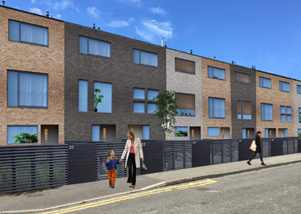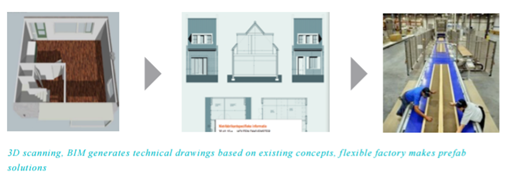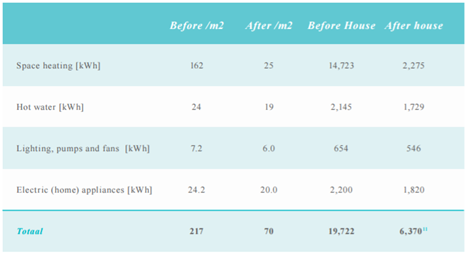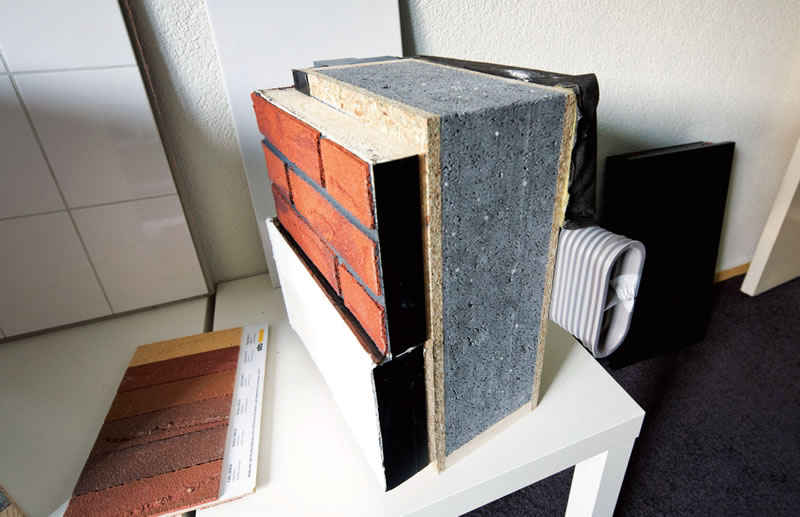The EnergieSprong Approach
|
The best proof of the feasibility of any energy system is to see the approach in operation. There are many cases of the shallow retrofit measures in the UK (heat pumps, basic insulation and solar renewables). However, there is currently no large scale deep retrofit scheme. One group trying to change this is EnergieSprong (ES).
EnergieSprong are an independent market development team. It was founded in the Netherlands and has now expanded to form teams in the UK and France, with plans to expand further in near future. Their aim is to drive product and process innovation to enable desirable and viable Net Zero Energy (NZE) retrofit market at scale by 2020. The team will work on:
|
|
The Business Case: from an Energy Bill to an Energy Plan
The aim is to bring about the seismic shifts which will be required for a large scale deep retrofit to happen. This is both from the regulatory and industry aspect, but also involves generating a demand from housing occupants. |
|
As shown in Figure 1, before refurbishment rent is paid to the housing association, then on top of this energy bills are paid to the utilities company. Under the ES approach, when a building is retrofitted to NZE, the costs of the retrofit are paid by the occupants back to the housing association as a service fee (increased rent), with these additional payments being equal to or smaller than the energy bills currently paid by the occupants. These payments are to be made over a 30-year lifespan and take into account an interest from a bank loan. The houses would still have a contract with a utilities provider so if the energy use is exceeded by the tenant, money is paid to the utilities company as usual. As part of the ES approach, there are several requirements which contractors must meet before the scheme could be feasible:
|
|
To cultivate this new market, some key principles behind the rationale of the ES approach are:
The ES model has been supported by many Brussels-based organisations; European Climate Foundations (who co-fund this), Euroace and the Coalition for Energy Savings present ES as a strong and positive example of how to achieve large energy saving in Europe. Also, the essential ministries in the Netherlands, the UK and France have declared their support for ES. A number of built examples exist in the Netherlands and can be viewed here. |
EnergieSprong in the UK
ES has recently been established in the UK and currently involves 17 founding partners who are frontrunners in the field of sustainability and innovation. These companies have displayed an interest in the ES approach and will deliver some of the first NZE retrofits in the UK.
The first prototypes will be demonstrators and experiments to learn more and improve the next generation of retrofits. The first project is led by Nottingham City Homes and involves 9 house, expected in 2017.
Based on the project's success and future financing options, another 200 to 300 houses of the same type will be renovated. On top of this, 5000 properties have been identified in the UK to be retrofitted after the first pilot projects have been completed. The approach used for these UK pilot schemes will be similar to the Dutch examples, which are well-established and perform as designed.
The first prototypes will be demonstrators and experiments to learn more and improve the next generation of retrofits. The first project is led by Nottingham City Homes and involves 9 house, expected in 2017.
Based on the project's success and future financing options, another 200 to 300 houses of the same type will be renovated. On top of this, 5000 properties have been identified in the UK to be retrofitted after the first pilot projects have been completed. The approach used for these UK pilot schemes will be similar to the Dutch examples, which are well-established and perform as designed.
How could it work?
|
The process moves towards industrialisation, using prefabrication as much as possible. 3D scanning techniques are employed for each property, measuring all relevant dimensions. They are then fed into the BIM model that generates drawings for factory manufacture.
For current projects, energy savings of 2/3 are achieved, with the remaining energy demand generated through renewables. Figure 2 shows example energy performance. These savings typically result in 70% reduction in thermal energy demand though insulation and heat recovery, and 15% reduction in electricity demand. The types of technology most commonly installed in these projects are:
The above measures are commonly used, however the ES approach allows for any product or process to be developed which achieves the targets. |
Changing the Industry
|
This type of programme requires a considerable shift in the way the construction industry works. Innovation is needed from construction companies and will only happen if there are set requirements. It is essential that freedom of innovation is left to suppliers. To reduce costs and increase quality, the industry should be encouraged to start developing and producing integrated solutions that are industrially produced. These innovations will only happen if they can be produced at scale.
As part of this model, the competition is not other construction firms, but rather the utilities companies, since the money which would have gone to utilities is paying for the construction work. This means that companies should share ideas and create a common knowledge base to provide the best solution for the industry. This has proven to be effective in the Netherlands. To catalyse the innovation process, a large demand volume that collectively asks for different types of offering needs to be made. Only such a demand will convince construction companies to put in the substantial investment needed. Since the contractors give an energy guarantee, they will always be optimising between costs for extra insulation, smarter installation, and extra generation, which drives integration of solutions. In the Dutch market, contractors are seeing price cuts of 55% in comparison to pilot projects executed 3 years ago. Contractors are asking suppliers for new, better fitting components, such as a combined heat pump, hot water tank and ventilation system designed to be fitted into outer walls or new roofs. This signifies the start of a second stage of innovation for the ES market in the Netherlands. |
As a group, we believe that the approach currently being developed by EnergieSprong will play a vital role in the deployment of large scale retrofit of any level, but particularly with deep retrofit. The financing scheme means that the measures must be cost effective and pay for themselves without the use of government subsidies. The Dutch examples show that this approach can work and the developments in reducing costs and improving integrated components suggests that there is more potential in the future. |
A large scale retrofit scheme following the EnergieSprong approach and informed by the modelling in this project could form a vital part of Scotland's future energy scenario. Adding to this the further benefits of deep retrofit, such as improved indoor air quality and reduced fuel poverty or community owned renewables, then Scotland is heading towards an exciting future which benefits the environment and our communities. |
For further details of the EnergieSprong approach, click here.

